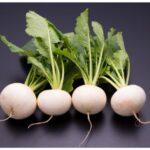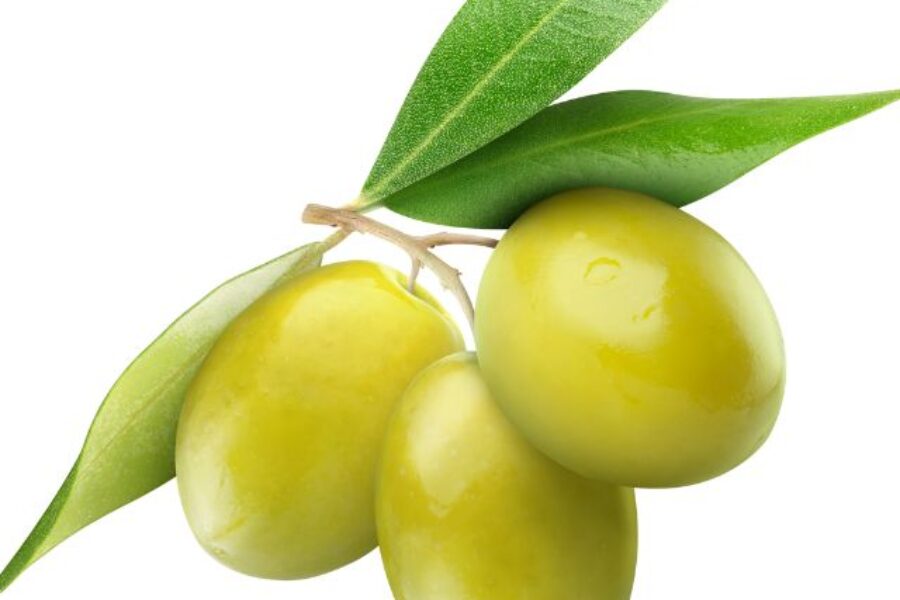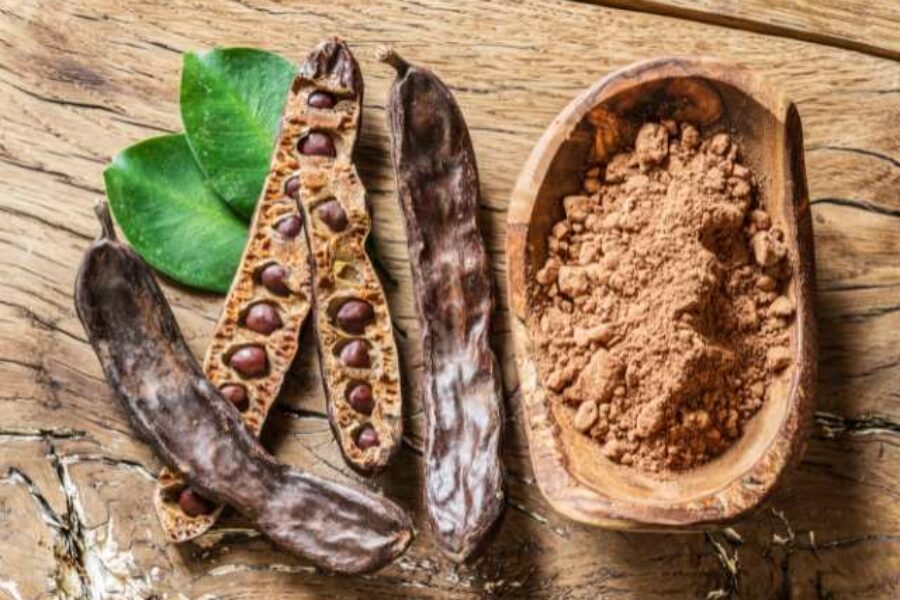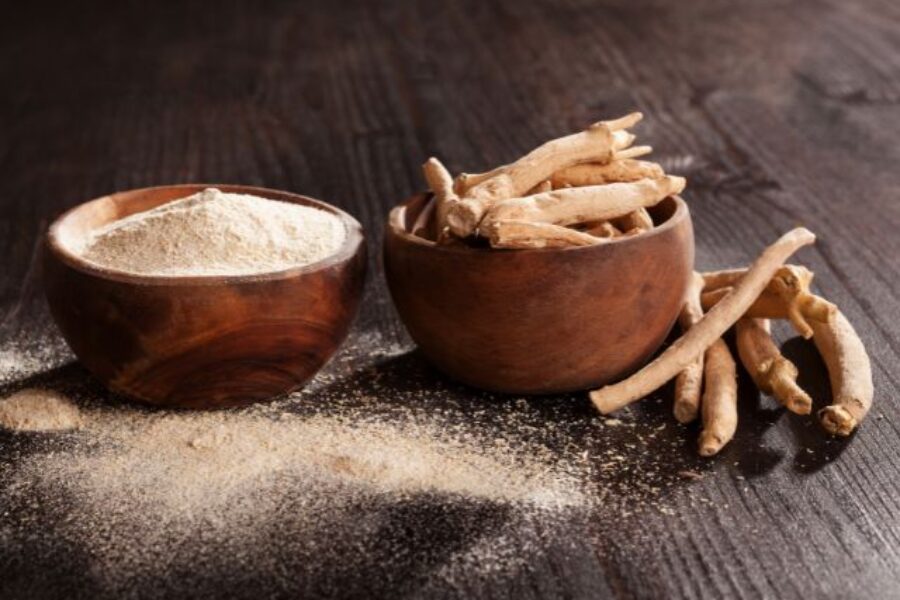Preparing a Moroccan tagine is not just about cooking a dish; it’s about embarking on a culinary journey filled with rich flavors, vibrant colors, and enticing aromas. This traditional North African dish, named after the earthenware pot it’s cooked in, brings together a harmonious blend of spices, meats, vegetables, and sometimes fruits, creating a feast for the senses. Let’s dive into the intricate steps of preparing a Moroccan tagine:
Step 1: Gathering Ingredients
- Choice of Meat: While chicken, lamb, and beef are popular choices, each offering its unique flavor profile, select the meat that suits your taste preference.
- Aromatics: Onions and garlic form the flavorful base of the dish, infusing the tagine with depth and complexity.
- Tomatoes: Fresh, ripe tomatoes contribute acidity and sweetness to balance the dish.
- Preserved Lemon: This quintessential Moroccan ingredient adds a tangy, salty kick, enhancing the overall flavor.
- Spices: The spice blend is key to a delicious tagine. Ground ginger, cumin, paprika, and turmeric create a warm and aromatic base, while cinnamon and saffron can add luxurious layers of flavor.
- Olives: Green olives add a briny contrast, complementing the savory richness of the dish.
- Fresh Herbs: Cilantro or parsley, chopped finely, lend a fresh, herbaceous finish.

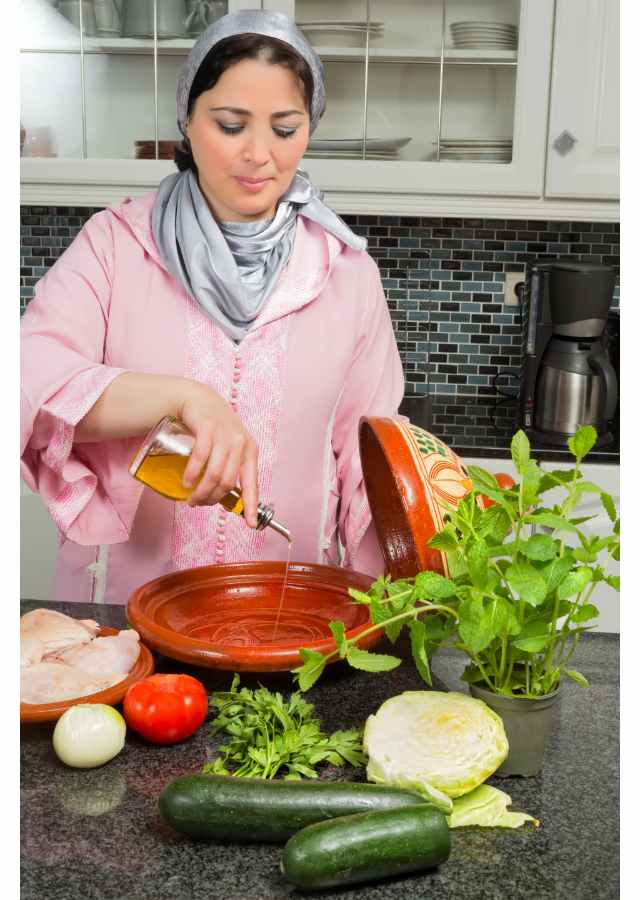
Step 2: Preparing the Tagine Pot
- Soaking the Tagine: If using a traditional clay or ceramic tagine pot, soak it in water for at least 30 minutes before use. This prevents cracking when exposed to heat.
- Assembling Ingredients: Arrange the ingredients in layers within the tagine, starting with the aromatics, followed by the meat, tomatoes, preserved lemon, and spices. This layering technique ensures an even distribution of flavors as the tagine cooks.
Step 3: Cooking Process
- Slow Cooking: Tagine cooking is characterized by slow, gentle simmering, allowing the flavors to meld together harmoniously. Start by sautéing the onions and garlic until softened and fragrant.
- Browning the Meat: Brown the meat in the tagine to develop rich caramelization and depth of flavor. This step is crucial for enhancing the taste and texture of the dish.
- Infusing Spices: Add the ground spices to the tagine, stirring well to coat the meat and vegetables. Toasting the spices in oil releases their aromatic oils, intensifying their flavor.
- Adding Liquid: Pour in enough water or broth to barely cover the ingredients. This ensures that the tagine stays moist during the cooking process.
- Simmering: Cover the tagine with its lid and let it simmer gently over low heat. The slow cooking allows the meat to become tender and succulent while allowing the flavors to develop fully.
- Adjusting Seasoning: Taste the tagine and adjust the seasoning as needed with salt, pepper, or additional spices to achieve the perfect balance of flavors.
- Final Touches: Add the preserved lemon and olives towards the end of cooking, allowing their flavors to meld with the dish without overpowering it.
- Garnishing: Sprinkle freshly chopped cilantro or parsley over the tagine just before serving. This adds a pop of color and a burst of freshness to the dish.
Step 4: Serving
- Presentation: Moroccan tagine is as much about visual appeal as it is about taste. Serve the tagine directly from the pot, allowing guests to admire its vibrant colors and enticing aroma.
- Accompaniments: Moroccan tagine pairs wonderfully with fluffy couscous, which soaks up the delicious sauce, or with crusty bread for dipping. A side of tangy yogurt or a simple salad can complement the richness of the dish.
Step 5: Enjoying the Experience
- Savoring: Encourage diners to savor each bite, allowing the complex flavors and textures to unfold on the palate.
- Sharing Stories: Embrace the communal aspect of Moroccan dining by sharing stories and experiences around the table, creating lasting memories with loved ones.
In essence, preparing a Moroccan tagine is not merely about cooking a meal; it’s about honoring a culinary tradition, celebrating the art of slow cooking, and indulging in the sensory pleasures of food and fellowship. So gather your ingredients, embrace the spirit of adventure, and embark on a gastronomic journey to Morocco from the comfort of your kitchen.



